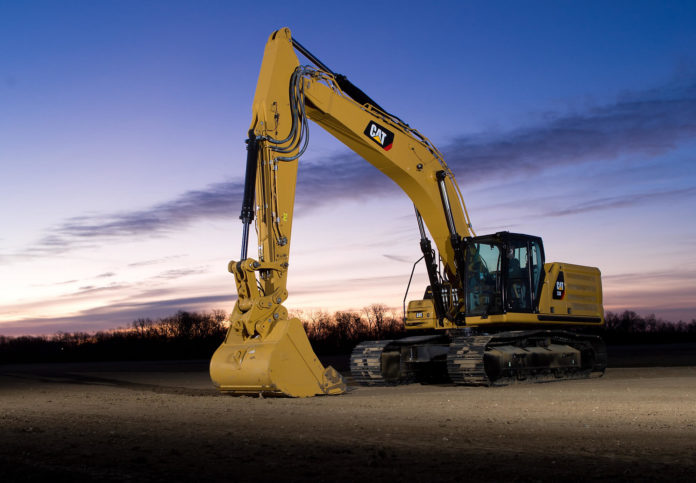
Heavy machines are essential equipment in various works, including construction or building projects. One of the most popular heavy machinery items is the excavator. If you are planning to use this for your next project, make sure that you know your options as there are different types of excavators, and they also have various kinds of attachments.
Excavator parts
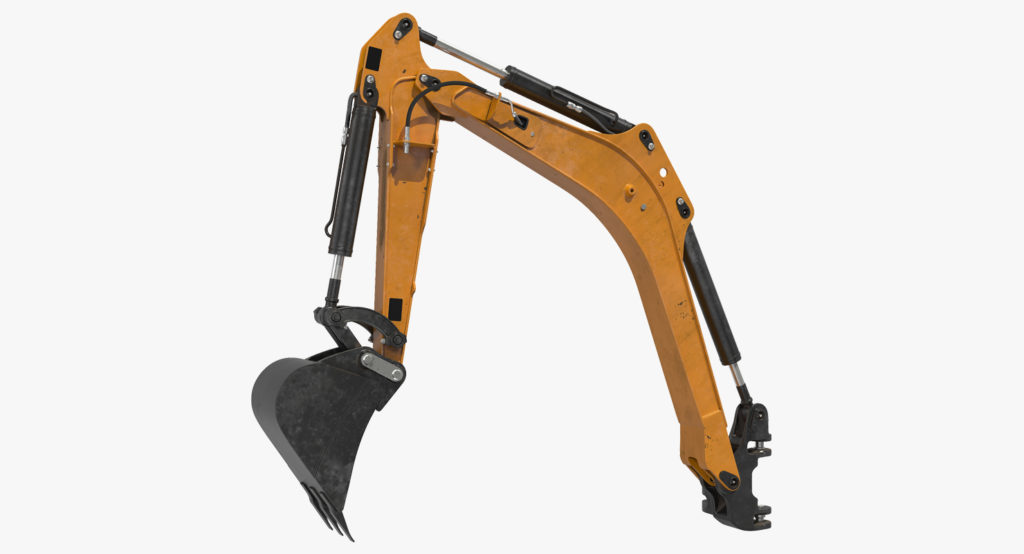
Excavator’s arm. It generally has three components, which are the boom, stick, and attachment. The boom is the upper part of the arm connected to the house. The hydraulic boom cylinder that is part of the excavator’s pressurized system powers it. The stick serves as the link between the boom and the attachment. The latter is the part attached to the stick that mainly does the work like digging ground or moving materials. Different types of accessories are also listed below.
- Excavator house
The excavator house is the part where you can find the operator’s seat and the controls. It sits on top of the undercarriage. The oil and fuel tanks of the machine are found here.
- Excavator undercarriage
The undercarriage is the bottom part of the excavator, and it connects to the equipment’s house through a swing bearing, swing gear, and a slew ring. Other components include idlers and sprockets that are vital for alignment and stabilization. There are also drives, pads, and tracks that all contribute to the movement of the machine.
Uses of excavators
Excavators are useful for different industries or various works. Here are some of the common fields where they are utilized:
Construction
It’s the most popular field where you will see significant use of excavators. Construction works require various tasks, from digging to picking up materials, and the right equipment can do the job. It applies to all types of construction works, be they residential or commercial.
Recycling and waste management
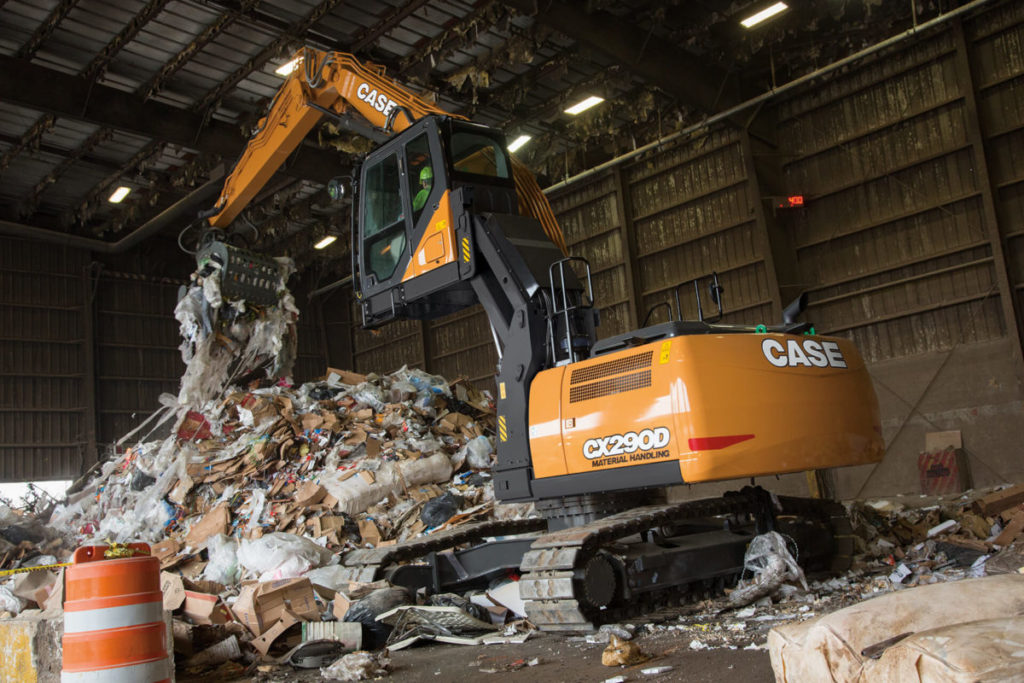
Landfills and recycling companies have to deal with a large amount of waste, which is often soft, unlike the hard ground. There is an excavator designed for this field that allows them to work on a soft surface. These machines often use steel wheels that come with spikes allowing the equipment to move smoothly and without difficulties.
Aggregate and quarry work
Whether you are working on a rock, gravel, or sand excavation field, the right excavator can do the job quicker and more effectively. Imagine having to do it with the old-style wheelbarrow and sieve screen mesh. There are attachments that you can use that will not just pick hard materials, but will also separate the sand and other light substances from them.
Scrap and demolition
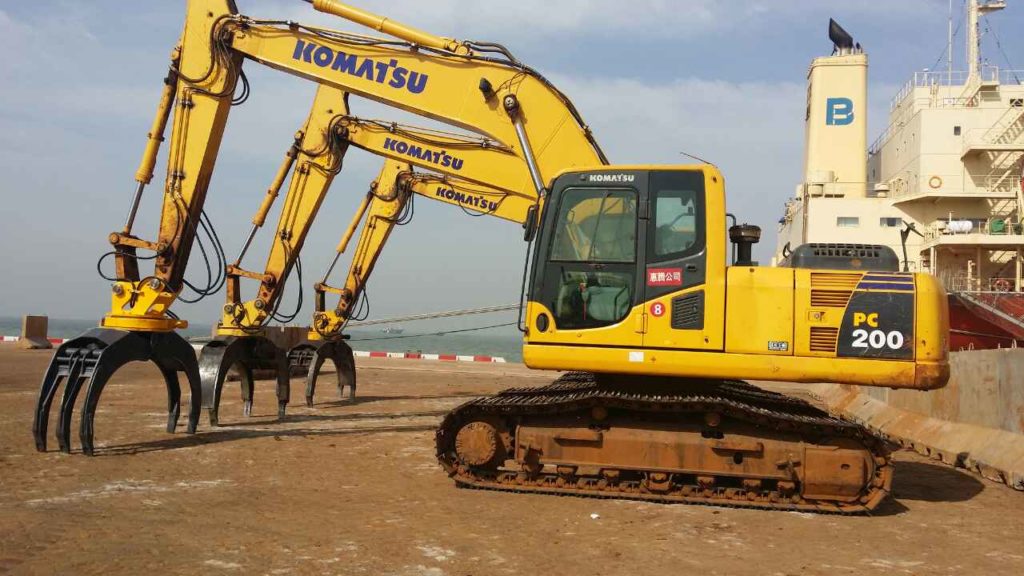
An excavator can also be used for tearing down buildings and for moving or stacking materials. The right equipment will help you get to those hard-to-reach areas.
Types of excavators
There are different types of excavators. You must know their features so you can decide which one will best fit the work that you need to complete.
-
Suction excavators
As the term suggests, this equipment suctions loose materials after it shoots high-pressure water to the ground. It then sucks the said materials through a hose. It’s ideal for areas where you don’t want to cause damage to properties nearby.
-
Backhoe excavators
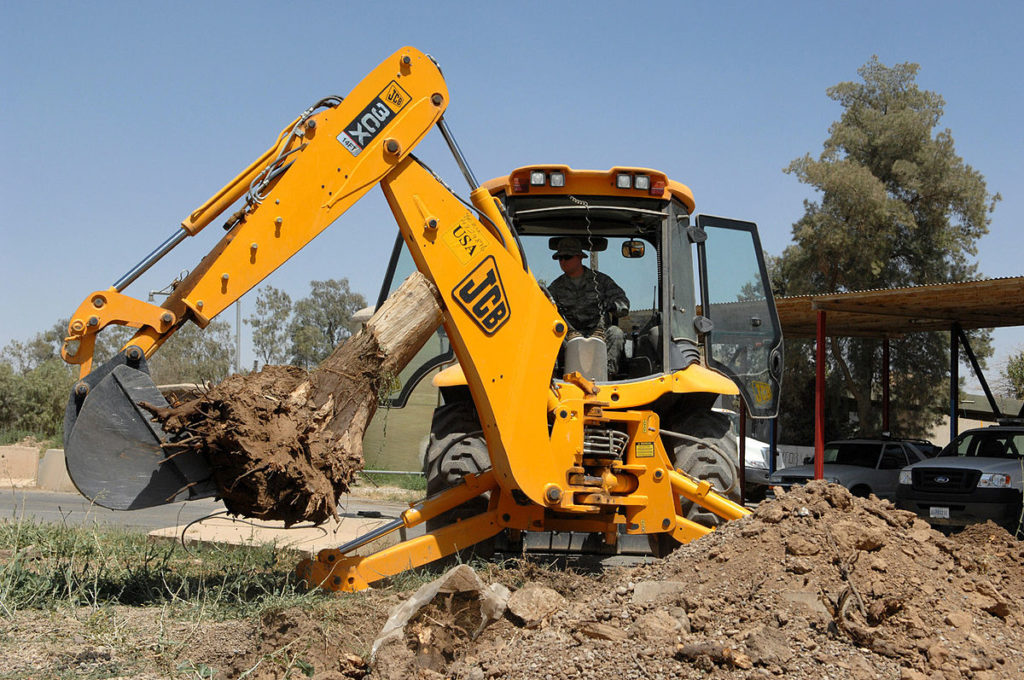
Some say that a backhoe is not part of the excavator family, but it also comes with an excavating arm. The only difference from the other types of excavators is that it cannot rotate 360 degrees. However, you can use it for plowing, pushing dirt, smoothing roads, uprooting trees, and digging trenches.
-
Dragline excavators
Their long boom makes them ideal for the mining industry. They can efficiently move dirt in an open area.
-
Skid steer excavators
Like backhoes, these machines are also mostly identified by others as wheeled loaders. However, some devices allow the attachment of other tools, including the excavator’s arms. By turning it into an excavator, you can dig and move materials faster.
-
Long-reach excavators
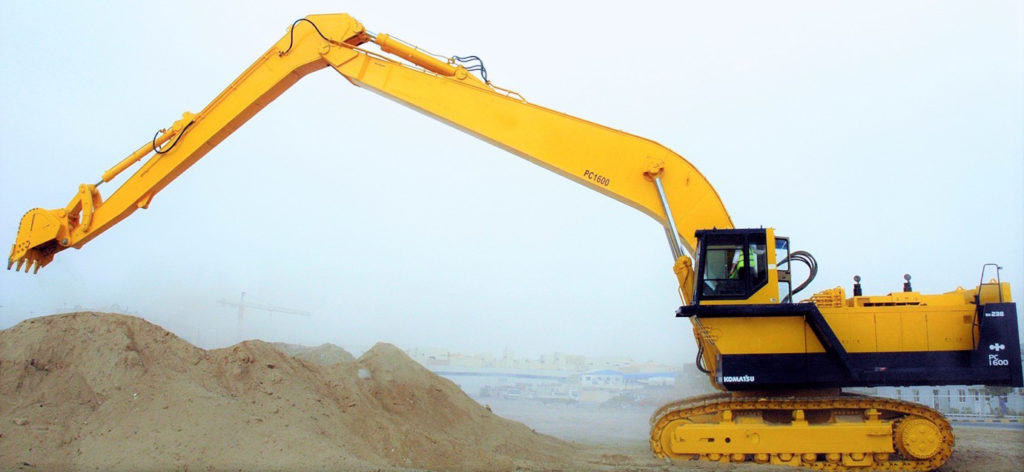
This equipment lives by its name as it can help you reach areas that are difficult to reach because of restrictions. Its arm is longer than the typical arm length of other excavators.
Wheeled excavators. Most excavators have tracked undercarriages, but some use wheels. The wheels make the machine move faster, which is excellent for work that requires constant moving from one area to another.
-
Crawling excavators
Also known as crawlers, they are the most common types of excavators. They put less pressure on the ground compared to their wheeled counterparts.
Excavator attachments
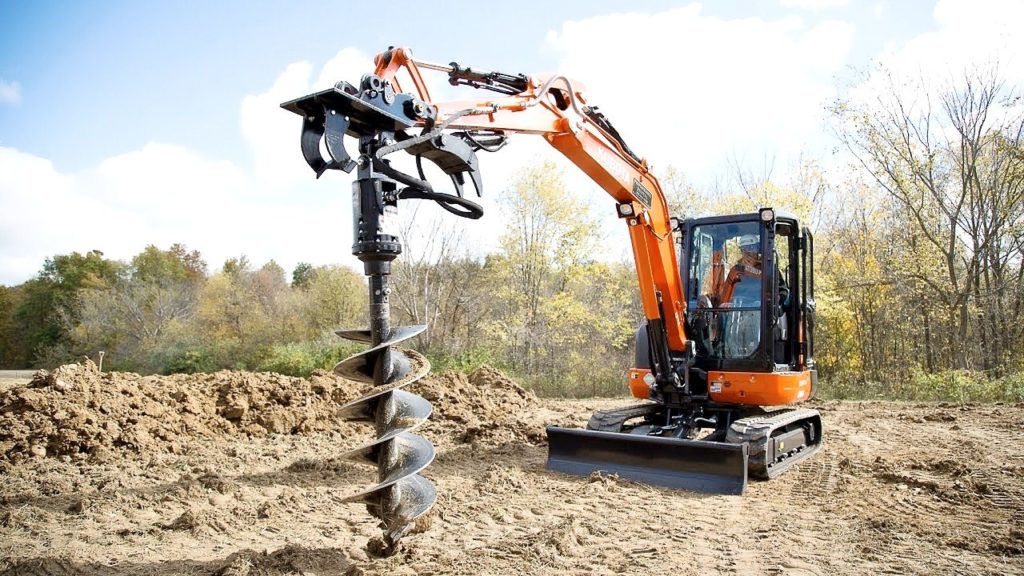
There are different types of accessories that you can use with excavators, and here are some of the most popular.
- Thumb. It’s usually used with a bucket, and it’s for picking all kinds of materials, whether big or small.
- Ripper. If you need to break or make an opening in tough materials, the ripper attachment is your best bet for the job.
- Rake. This attachment is popularly used for cleaning. When the construction is completed and you need to clean-up the area, it’s a tool that you will find helpful.
- Hammer. Choose this attachment if you need to break rocks or hard surfaces. It’s useful for demolition and quarries.
- Compactor. It will ensure that the soil is compact. This attachment is also useful for piling sheets and leveling the ground.
- Bucket. It’s the most common attachment used, and it’s versatile as it can be utilized in various fields like mining and construction. It is generally used to carry and move materials.
- Auger. If you need to dig a hole in the ground, this attachment will do the job effectively.
Now that you know the different types of excavators available, as well as their attachments, it’s time to decide whether you will buy or hire one. If you will only be using it for specific tasks or projects, hiring is a more practical option.
You will find more information about the rental of an excavator, as well as other heavy machines at www.ruttle.co.uk. If you don’t have a skilled operator on your staff, you may also choose to include the operator when hiring the equipment.














